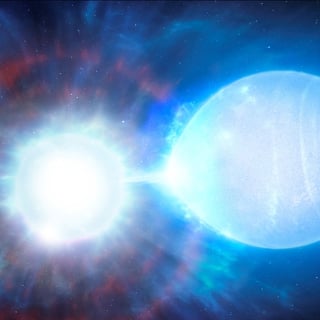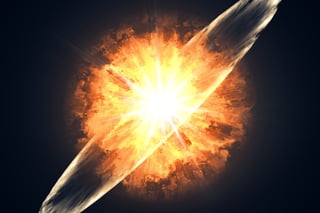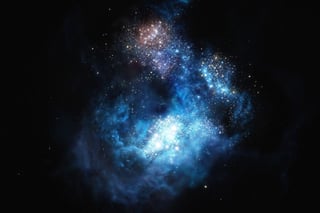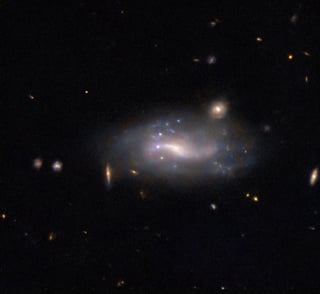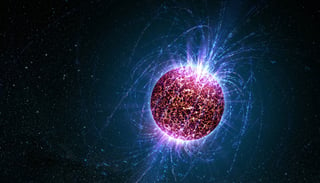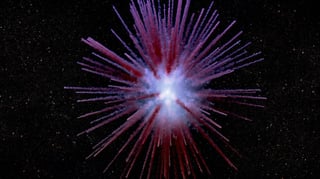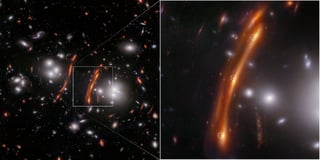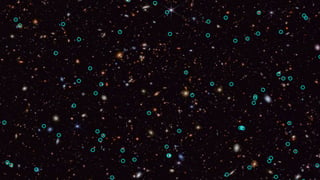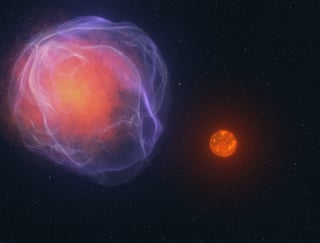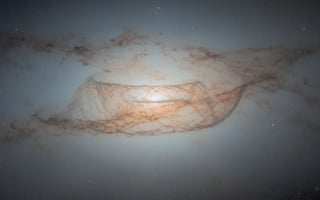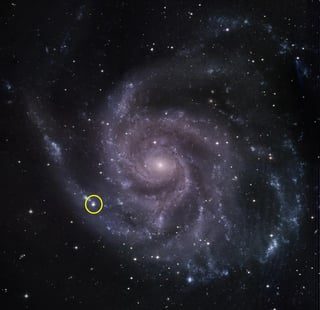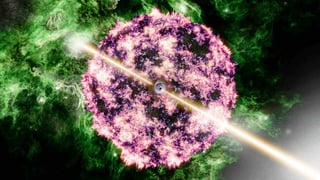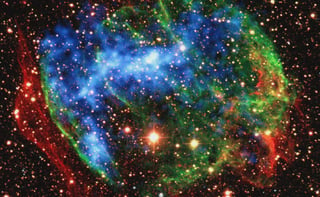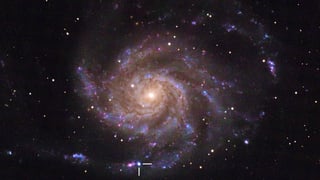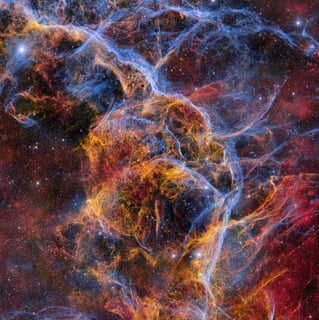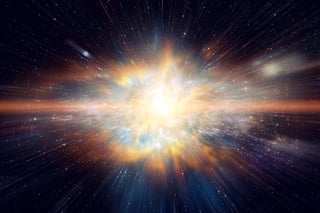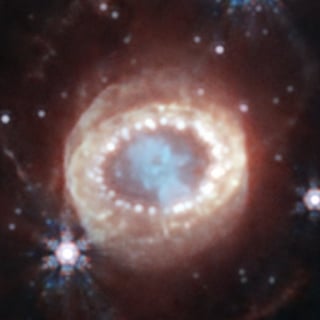Type Ia Supernovae Supernova Remnants Black Holes SN 1987A Neutron Stars Core-Collapse Supernovae Type 1a Supernova Observations Cassiopeia A Implications Light Curves Star Evolution Cosmic Radiation Stellar Evolution Mass Extinctions Remnants Type Ia Supernova Superluminous Supernovae Crab Nebula Transients Distance of Supernovae Vela Supernova Remnant Cas A Supernova Research Odd Radio Circles Type Iax Supernovae Type Iax Supernova Explosions Type II Supernova Detection Techniques Chemical Elements Ionization JWST Observations Supernova 1987a Red Supergiant Supernova Star Explosions Hydrogen-burning Supernova Star Collapse Type-II Supernovae White Dwarfs Big Bang Cosmic Rays White dwarfs High-Redshift Supernovae Ancient Supernovae Detection Methods James Webb Space Telescope Type II Supernovae Supernova Events Gamma Rays

A new study suggests the universe may rotate once every 500 billion years, offering a potential solution to the persistent discrepancy in cosmic expansion measurements.
